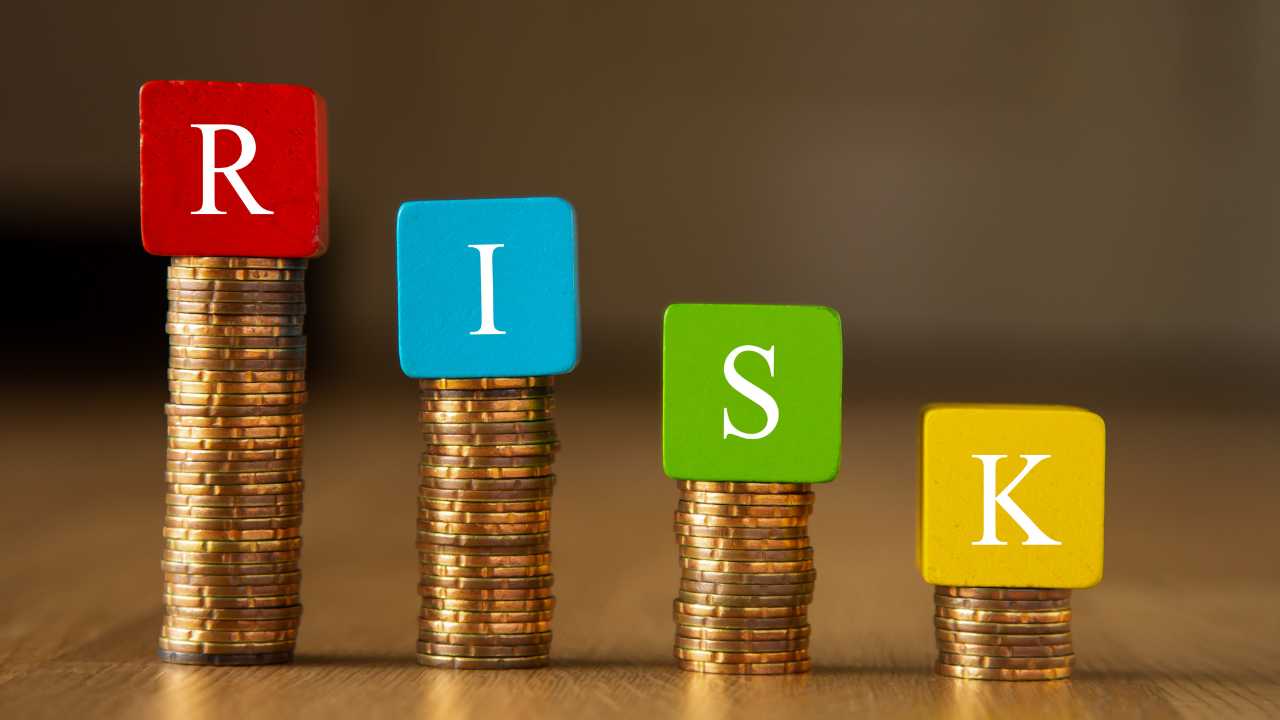
Friday Mar 22 2024 06:00

10 min

Gold is a timeless investment option that has been sought after for centuries. It has always been considered a safe-haven asset, providing stability and protection against inflation.
However, investing in physical gold can be cumbersome and costly. This is where Gold Exchange Traded Funds (ETFs) come into play.
A Gold ETF is an investment fund that tracks the price of gold and is traded on stock exchanges, just like a regular stock. It is designed to replicate the performance of gold, allowing investors to gain exposure to the precious metal without the need to own physical gold.
Each share of a Gold ETF represents a certain amount of gold, making it a convenient and cost-effective way to invest in gold.

Investing in Gold ETFs offers several advantages over traditional gold investments.
Choosing the right Gold ETF is crucial to the success of your investment. Here are a few factors to consider when selecting a Gold ETF:
Now that you understand the basics of Gold ETFs and how to choose the right one, let's explore some easy trading strategies for novice investors.
Dollar-cost averaging is a strategy where you invest a fixed amount of money at regular intervals, regardless of the share price. This strategy takes advantage of market fluctuations by buying more shares when prices are low and fewer shares when prices are high.
By consistently investing over time, you can reduce the impact of short-term market volatility and potentially lower your average cost per share.
To implement dollar-cost averaging with Gold ETFs, you can set up automatic monthly investments. This way, you are regularly adding to your position in gold, regardless of market conditions.
Over the long term, this strategy can help smooth out the impact of market highs and lows and potentially generate more consistent returns.
Stop-loss orders are a risk management tool that can help protect your investment in Gold ETFs. A stop-loss order is an instruction to sell a security when it reaches a predetermined price, known as the stop price. This can help limit potential losses and protect your investment from significant downturns in the market.
To set a stop-loss order for a Gold ETF, you need to determine the price at which you are willing to sell. This price should be below your initial investment and should take into account your risk tolerance. By setting a stop-loss order, you can mitigate the risk of holding onto a Gold ETF during a market decline and potentially minimise your losses.
Gold has historically been considered a long-term investment. By investing in Gold ETFs for the long term, you can take advantage of the potential for price appreciation and use gold as a hedge against inflation and currency fluctuations.
Long-term investing with Gold ETFs requires patience and a buy-and-hold approach. You need to be prepared to weather short-term market fluctuations and focus on the long-term performance of gold. By staying invested over a longer time horizon, you can potentially benefit from the steady growth of gold and the compounding effect of your investment.
If you have a higher risk tolerance and prefer short-term trading, you can also use Gold ETFs for short-term trading opportunities. Gold ETFs can be traded like regular stocks, allowing you to take advantage of short-term price movements.
Short-term trading with Gold ETFs requires a more active approach. You need to closely monitor market trends, technical indicators, and news that may impact the price of gold. By identifying short-term price patterns and timing your trades accordingly, you can potentially capitalise on short-term price fluctuations and generate quick profits.
It's important to note that short-term trading involves higher risks and requires a greater understanding of market dynamics. Novice investors should proceed with caution and consider the potential risks before engaging in short-term trading with Gold ETFs.

While Gold ETFs offer several advantages, it's important to be aware of the risks and considerations associated with investing in them.
Gold ETFs provide novice investors with an accessible and cost-effective way to invest in gold. By understanding the basics of Gold ETFs, choosing the right ETF, and implementing easy trading strategies, investors can take advantage of the potential benefits of investing in gold.
However, it's important to consider the risks and consult with a financial advisor before making any investment decisions. With proper research and careful consideration, gold ETFs can be a valuable addition to your investment portfolio.
Learn and trade with markets.com: the ultimate trading community.
“When considering “CFDs” for trading and price predictions, remember that trading CFDs involves a significant risk and could result in capital loss. Past performance is not indicative of any future results. This information is provided for informative purposes only and should not be considered investment advice.”
